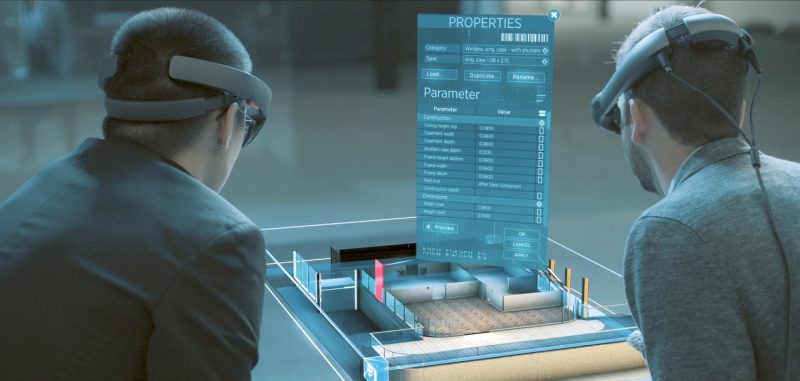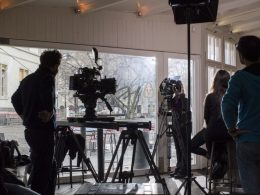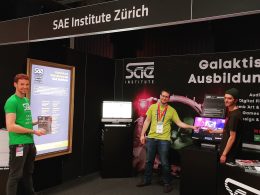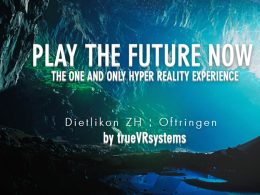Start-ups and established companies are developing new digital tools for planners and architects. VR and AR are also playing an increasingly important role when it comes to building planning and property projects. Three Swiss start-ups are ready.
Anyone who wants to take part in the Innovation Lab at this year's Swissbau Anyone who has looked around knows that countless digital tools are vying for the favour of architects and planners. They all have one thing in common: they utilise the possibilities of three-dimensional, interactive models. They can be used to test buildings almost as if they had already been built.
VR and BIM go hand in hand
If the interactive 3D model is linked to the corresponding BIM data, planning can be simulated on the model. Models, graphics and simulations provide planners with a precise basis and thus improve their decisions. Virtual reality stands out in particular, as you can walk through the planned data almost as if it were real, even before the first sod has been turned. VR conveys the sense of space of a building that has not yet been built in a way that is not possible with two-dimensional plans. We have only just reported on the increasing number of virtual flat viewings. reports.
However, VR is not only exciting for the building owner or buyer. It also offers enormous advantages for specialist planners. Cables that get in each other's way, workstations that are not optimally positioned or volumes that do not fit into the context are recognised. The digital model can be easily adapted and checked again - easier than the finished building, but also less complicated than a conventional plan. A
Swiss start-ups in the starting blocks
Various Swiss start-ups are in the starting blocks and want to make these technologies available to planners. Access to the technology has become easier, with the latest headsets working wirelessly and without additional hardware. The costs have also fallen massively: until recently, a VR headset cost up to CHF 5,000, whereas newer devices are available for around CHF 500. The 5G mobile network also promises fast data transmission without delay.
VR is to be democratised
The Zurich start-up Hegias has developed a content management system for virtual reality. "Our goal is to democratise VR," says founder Tuan Nguyen. His service works on all devices without installation via the internet. Current CAD formats can be imported, BIM plans can be made accessible at any stage and shared via a link. The user can change textures, materials or the interior design in real time and restrict what another user can adjust on the model. An architect can therefore present their project at a scale of 1:1 or 1:100, display only volumes or also show the surroundings. "VR is coming anyway, so planners can familiarise themselves with the benefits right away," says Nguyen.
3 in one
Holo One from Lenzburg AG combines three applications with the Sphere application: collaboration on the 3D model, training and education on machines and, finally, remote expert deployment. Absent employees can be present via avatars, and layers can be shown or hidden depending on what is being discussed. Sphere works with the Hololens2 from Microsoft, among others. With the new glasses, virtual elements can be aligned more precisely with the real ones. "This makes a big difference for use on the construction site, for example when recording defects," says Alessandro Brönnimann from Holo One.
Be part of the community
Also Holo Planning uses augmented reality and utilises the Hololens2. The company behind the application is Afca from Zollikofen BE, which developed the application in collaboration with the Office for Urban Development of the City of Zurich. Anyone who pays and is part of the community helps to further develop the tool. Marko Bublic believes that augmented reality will replace traditional wooden and plaster models, because in future 3D models will be projected onto the table and discussed. "The architects' plans are still too detailed," says Bublic. "We adapt the 3D models so that they are optimally displayed on the data glasses."
Source: Hochparterre









